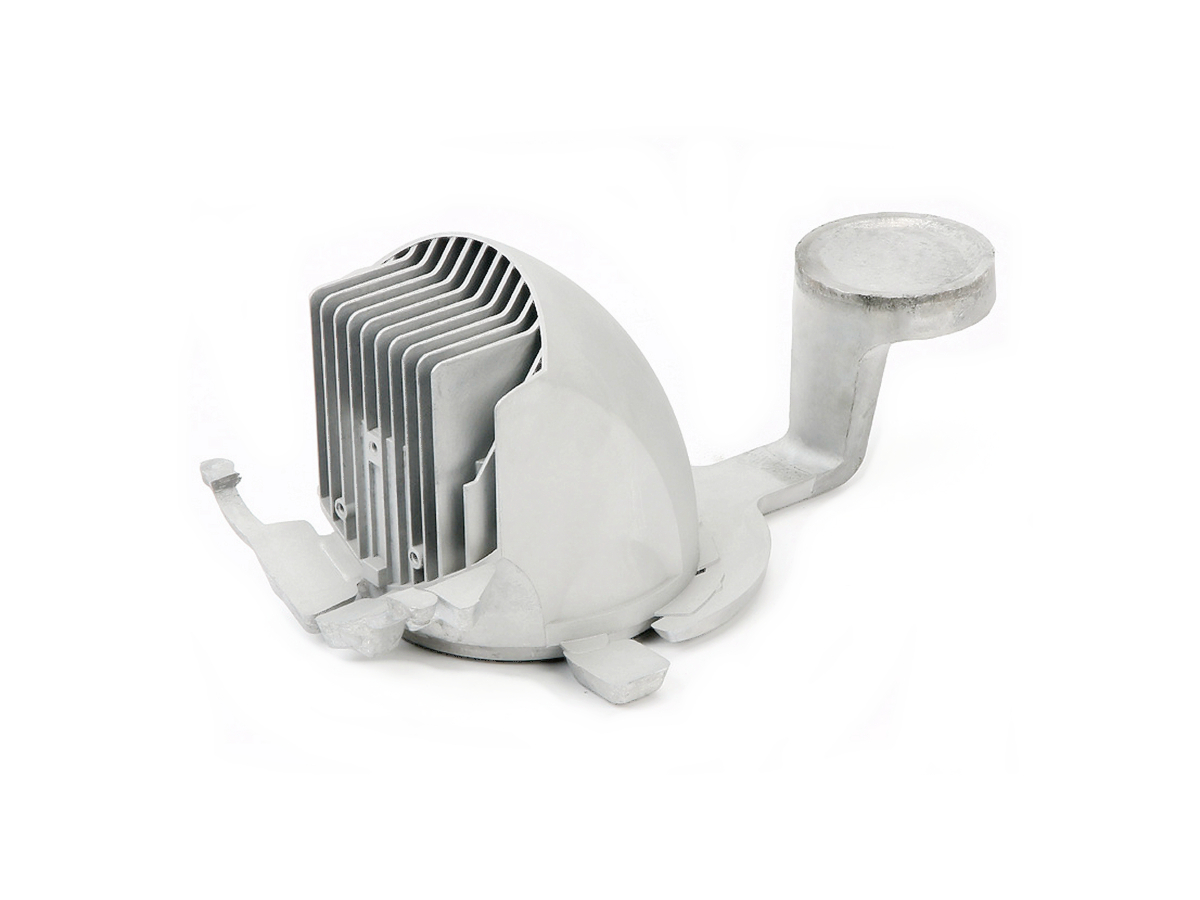Efficient Rapid Molding of Aluminum for Cost-Effective Prototypes and Production Parts
Introduction
Rapid molding of aluminum is an advanced manufacturing technique delivering cost-effective solutions for both prototypes and production-ready parts. Industries including automotive, consumer products, and industrial equipment utilize rapid molding to quickly produce accurate (±0.05 mm), durable aluminum components from alloys like Aluminum 6061-T6, Aluminum 7075, and ADC12 (A380).
Leveraging aluminum rapid molding accelerates product development cycles, allowing rapid design validation, improved production flexibility, and significant cost reduction.
Aluminum Material Properties
Material Performance Comparison Table
Aluminum Alloy | Tensile Strength (MPa) | Yield Strength (MPa) | Density (g/cm³) | Max Temp (°C) | Applications | Advantages |
|---|---|---|---|---|---|---|
310 | 276 | 2.70 | 170 | Automotive parts, structural prototypes | Good machinability, moderate strength | |
572 | 503 | 2.81 | 200 | Aerospace, high-strength components | High strength-to-weight ratio, excellent fatigue resistance | |
324 | 160 | 2.76 | 150 | Consumer electronics housings, complex castings | High fluidity, good castability | |
470 | 325 | 2.78 | 190 | Aircraft structures, high-performance parts | Excellent fatigue resistance, high mechanical strength |
Material Selection Strategy
Selecting appropriate aluminum alloys for rapid molding requires evaluating mechanical strength, weight reduction, and cost-efficiency:
Aluminum 6061-T6: Ideal for cost-effective prototyping and moderate-strength applications requiring tensile strength up to 310 MPa, widely used in automotive and structural components.
Aluminum 7075: Recommended for high-strength applications demanding tensile strengths up to 572 MPa and superior fatigue resistance, commonly used in aerospace and automotive parts.
Aluminum ADC12 (A380): Optimal for highly detailed or complex molded parts, providing excellent casting fluidity and cost-effectiveness, ideal for consumer electronics and intricate prototypes.
Aluminum 2024: Suitable for high fatigue resistance (470 MPa tensile) applications, such as aircraft structures and precision mechanical components.
Rapid Molding Processes for Aluminum Components
Rapid Molding Process Comparison
Rapid Molding Process | Accuracy (mm) | Surface Finish (Ra µm) | Typical Uses | Advantages |
|---|---|---|---|---|
±0.05 | 0.8-3.2 | Consumer electronics, automotive parts | Excellent accuracy, high-volume production | |
±0.1 | 1-6 | Precision mechanical components, complex geometries | High accuracy, fine surface detail | |
±0.3 | 10-25 | Large structural parts, prototypes | Economical for low-volume or large-sized parts |
Rapid Molding Process Selection Strategy
Choosing the optimal rapid molding technique for aluminum involves balancing part complexity, production volume, and accuracy requirements:
Die Casting (ASTM B85): Ideal for high-volume, highly accurate production runs (±0.05 mm) requiring superior surface finishes, suitable for automotive and consumer products.
Investment Casting (ASTM B179): Best suited for precise aluminum components with intricate details, maintaining dimensional accuracy (±0.1 mm), commonly applied in precision mechanical and aerospace applications.
Sand Casting (ASTM B26): Optimal for larger prototypes or low-volume production with flexible geometry at a lower cost, despite moderate accuracy (±0.3 mm).
Surface Treatments for Aluminum Components
Surface Treatment Comparison
Treatment Method | Surface Roughness (Ra µm) | Corrosion Resistance | Max Temp (°C) | Applications | Key Features |
|---|---|---|---|---|---|
0.8-3.2 | Excellent (MIL-A-8625) | 200 | Automotive, aerospace parts | Enhanced corrosion resistance, improved wear resistance | |
1.5-5.0 | Superior (ISO 9227) | 180 | Consumer products, electronics | Durable finishes, attractive aesthetics | |
0.5-1.0 | Excellent (ASTM A967) | 150 | Precision machined parts, housings | Increased corrosion resistance, clean finishes | |
≤0.5 | Excellent (ASTM B912) | 150 | High-precision parts, medical components | Extremely smooth surfaces, corrosion-resistant |
Surface Treatment Selection Strategy
Applying suitable surface treatments enhances aluminum prototypes and production parts with improved aesthetics, durability, and corrosion resistance:
Anodizing: Recommended for components needing robust corrosion and abrasion resistance, complying with MIL-A-8625 standards, extensively used in automotive and aerospace industries.
Powder Coating: Ideal for consumer products demanding durable, aesthetically appealing finishes with strong corrosion resistance as per ISO 9227 standards.
Passivation: Optimal for precision machined aluminum parts requiring excellent corrosion resistance and adherence to ASTM A967 standards, typically for sensitive electronic enclosures.
Electropolishing: Suitable for high-precision parts requiring ultra-smooth finishes (Ra ≤0.5 µm), used primarily in medical devices and precision assemblies.
Typical Prototyping Methods
Rapid Molding Prototyping: Quickly produces dimensionally accurate aluminum prototypes (±0.05 mm), ideal for functional testing.
Aluminum CNC Machining: Offers tight tolerances (±0.005 mm) for final prototype refinement and precision finishing.
Aluminum 3D Printing: Efficient for complex prototype geometries (±0.1 mm), accelerating initial design validation.
Quality Assurance Procedures
Dimensional Verification: Precise measurement by CMM systems to ±0.002 mm accuracy (ISO 10360-2).
Mechanical Testing: Tensile and yield strength evaluation per ASTM E8 standards.
Surface Roughness Analysis: Verified by ISO 4287 with Ra tolerance ≤3.2 µm.
Metallurgical Inspection: Grain structure analyzed according to ASTM E112.
Corrosion Resistance Testing: Salt spray evaluation (ASTM B117) with test durations exceeding 500 hours.
Non-Destructive Testing (NDT): Radiographic (ASTM E1742) and ultrasonic (ASTM E2375) inspections ensuring part integrity.
ISO 9001 Compliance: Ensuring consistent production quality and process control.
Key Industry Applications
Automotive components
Aerospace and aviation prototypes
Consumer electronics
Industrial machinery
Related FAQs:
Why choose rapid molding for aluminum prototypes?
Which aluminum alloys are best for rapid molding?
How does surface treatment enhance aluminum molded parts?
What accuracy can aluminum rapid molding achieve?
Which industries benefit most from aluminum rapid molding?

